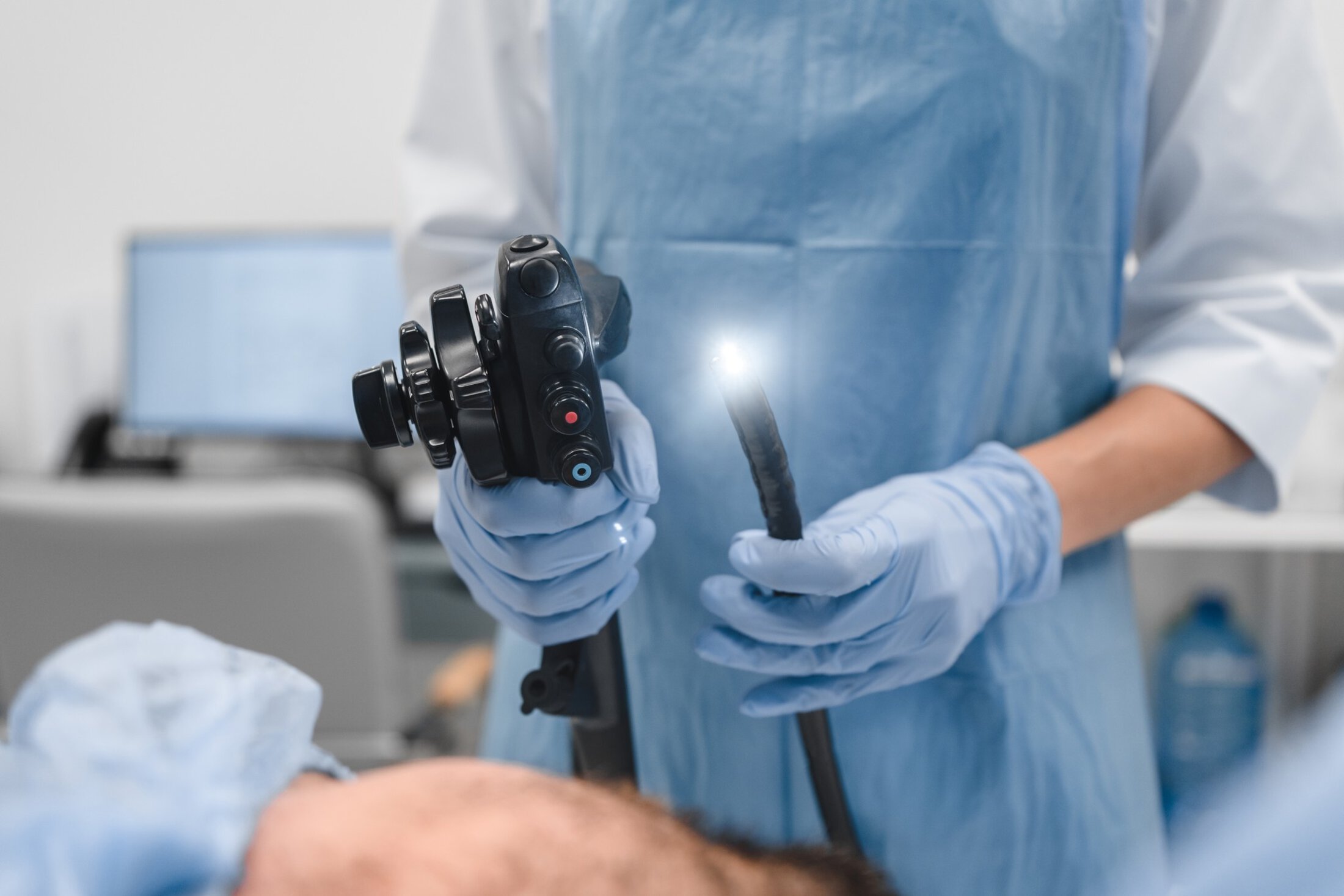Meet the Digestive Team
Our experienced team of physicians, nurses, and health care providers are committed to your long-term care and well-being.

Our experienced team of physicians, nurses, and health care providers are committed to your long-term care and well-being.
Utilizing advanced testing and procedures, our team can more precisely diagnosis and treat your condition.
Advances in endoscopic treatment and surgeries have made it possible to be both less invasive and more effective.



